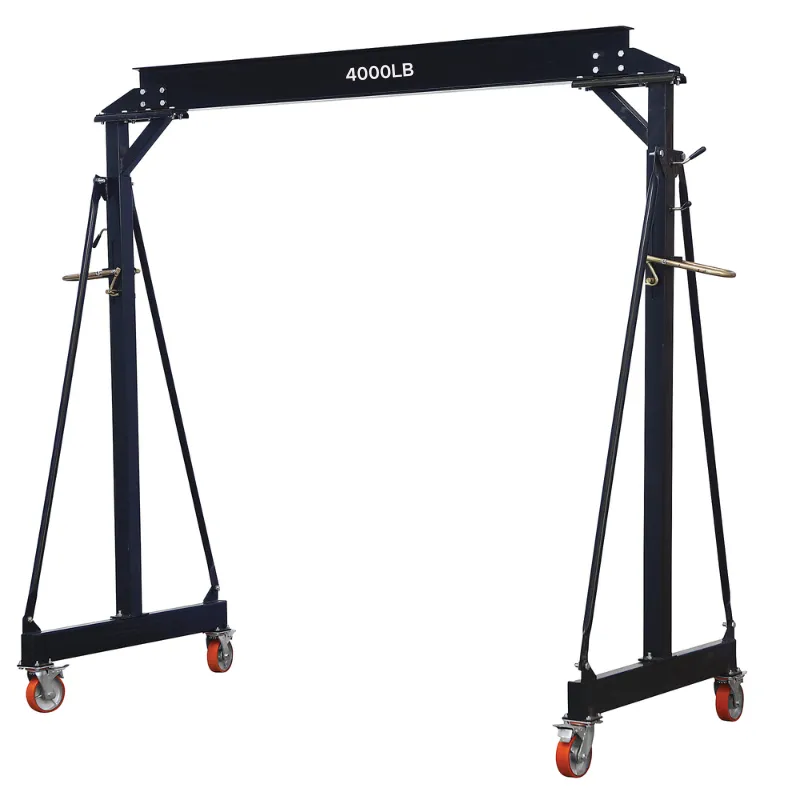machines to move heavy objects
Machines to Move Heavy Objects Revolutionizing Transport and Construction
In today's rapidly advancing world, the need for efficient and safe movement of heavy objects is paramount across various industries, including construction, manufacturing, and logistics. The evolution of machinery designed for this purpose has revolutionized how we interact with heavy loads, making processes safer and more efficient. This article examines the types of machines used to move heavy objects, their benefits, and their impact on various sectors.
Types of Machines for Heavy Lifting
1. Cranes One of the most recognized machines for moving heavy objects is the crane. These towering structures use cables, pulleys, and hoists to lift and lower loads with precision. Different types of cranes exist, including mobile cranes, tower cranes, and gantry cranes, each designed for specific tasks. For instance, tower cranes are often used in the construction of skyscrapers, enabling the lifting of steel beams and concrete panels to great heights.
2. Forklifts Forklifts are ubiquitous in warehouses and manufacturing facilities. These versatile vehicles can lift, carry, and stack heavy loads, greatly enhancing material handling efficiency. With various types of forklifts available—such as counterbalance, reach trucks, and pallet jacks—industries can select machines best suited to their operational requirements.
3. Hoists Hoisting equipment, including electric and manual hoists, provides a critical function in lifting loads vertically. Hoists are commonly used in garages, factories, and construction sites for tasks ranging from lifting engines to positioning heavy beams. The compact design of these machines allows them to be used in tight spaces, making them essential for job sites where adaptability is crucial.
4. Transporters Heavy-duty transporters, such as heavy-transport trucks and trailers, are designed to move massive loads across distances. These vehicles can transport everything from large machinery to entire sections of buildings. The modern engineering of these transporters often includes features such as multi-axle systems, which distribute weight evenly, reducing road wear and increasing safety during transport.
5. Belt Conveyors In industries like mining and manufacturing, belt conveyors facilitate the continuous movement of heavy materials. These machines efficiently transport bulk items, such as ores or aggregates, from one point to another, streamlining operations and saving on labor costs.
machines to move heavy objects

Benefits of Heavy Lifting Machines
The introduction of machinery to lift and move heavy objects has brought about significant advantages
- Safety One of the most crucial benefits is increased safety. Manually lifting heavy objects poses risks of injury, including strains and accidents. By utilizing machines designed for heavy lifting, workers can avoid these hazards, improving workplace safety.
- Efficiency Machines can move objects faster and with greater consistency than human efforts alone. This efficiency translates to shorter project timelines and increased productivity. For example, cranes can lift and place heavy materials in a fraction of the time it would take a crew to do so manually.
- Cost-effectiveness Although the initial investment in heavy lifting machinery can be substantial, the long-term savings on labor and time, along with increased safety and efficiency, often outweigh the costs. Businesses can complete projects faster and with fewer resources.
- Versatility Modern lifting machines can be adapted for a variety of contexts, from construction sites to warehouses. This versatility allows businesses to handle a wide range of heavy objects, further enhancing operational flexibility.
Conclusion
As industries continue to evolve, the role of machines designed to move heavy objects will only become more pronounced. Innovations in engineering and technology ensure that these machines are not only more efficient and powerful but also safer for operators. Whether it’s a crane lifting steel girders into place or a forklift moving palettes in a distribution center, these machines are essential in shaping the modern landscape of construction and manufacturing. As we look to the future, the development of new lifting solutions will undoubtedly propel industries forward, making heavy lifting safer and more effective than ever before.
-
Unlock Seamless Relocation with Our Heavy Equipment Moving ExpertiseNewsJun.06,2025
-
Unleash Unrivaled Flexibility with Our Adjustable Gantry CraneNewsJun.06,2025
-
Unleash Heavy-Duty Efficiency with Our Industrial Gantry Crane SolutionsNewsJun.06,2025
-
Revolutionize Steel Handling with Our Magnetic Lifter RangeNewsJun.06,2025
-
Master Equipment Mobility with Premium Machinery Mover SolutionsNewsJun.06,2025
-
Elevate Your Material Handling with Magnetic Lifter TechnologyNewsJun.06,2025
-
YS Permanent Lifting Magnets: The Smarter Way to Handle SteelNewsMay.22,2025
